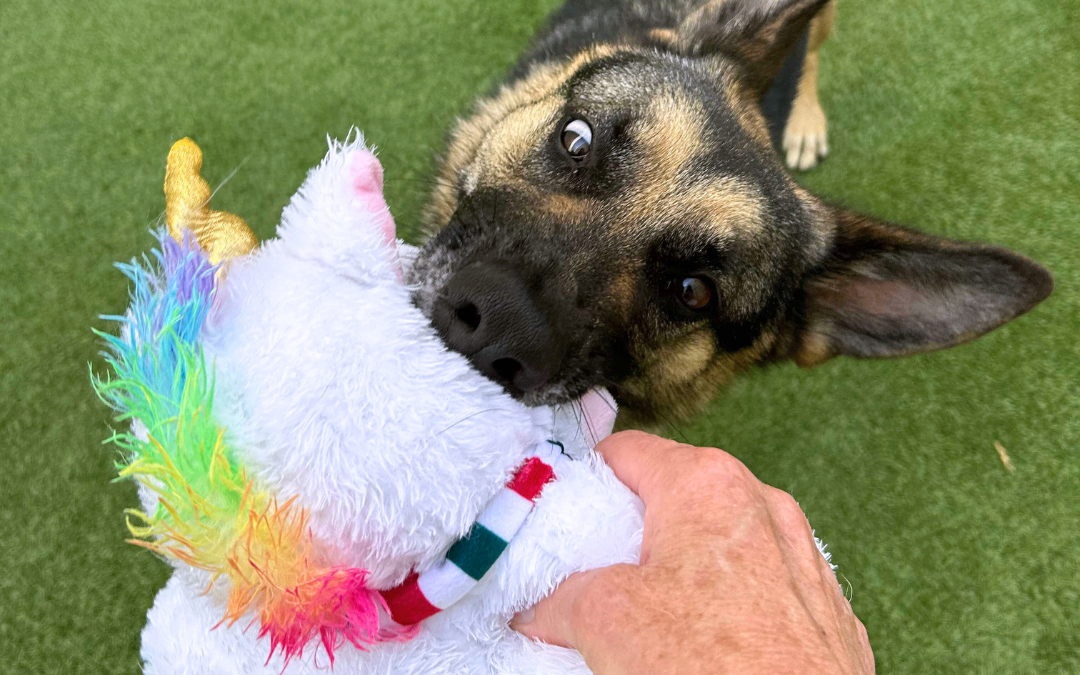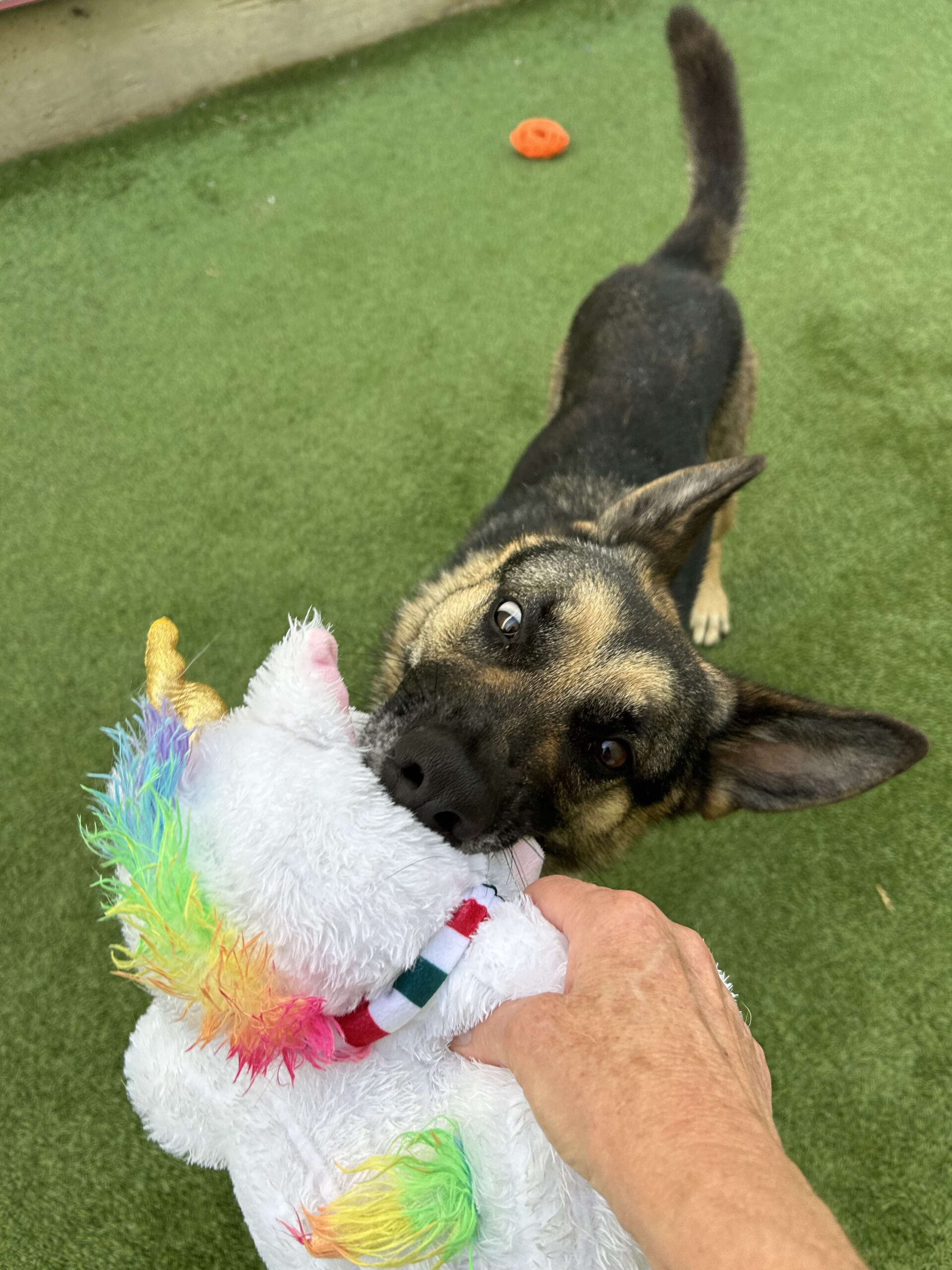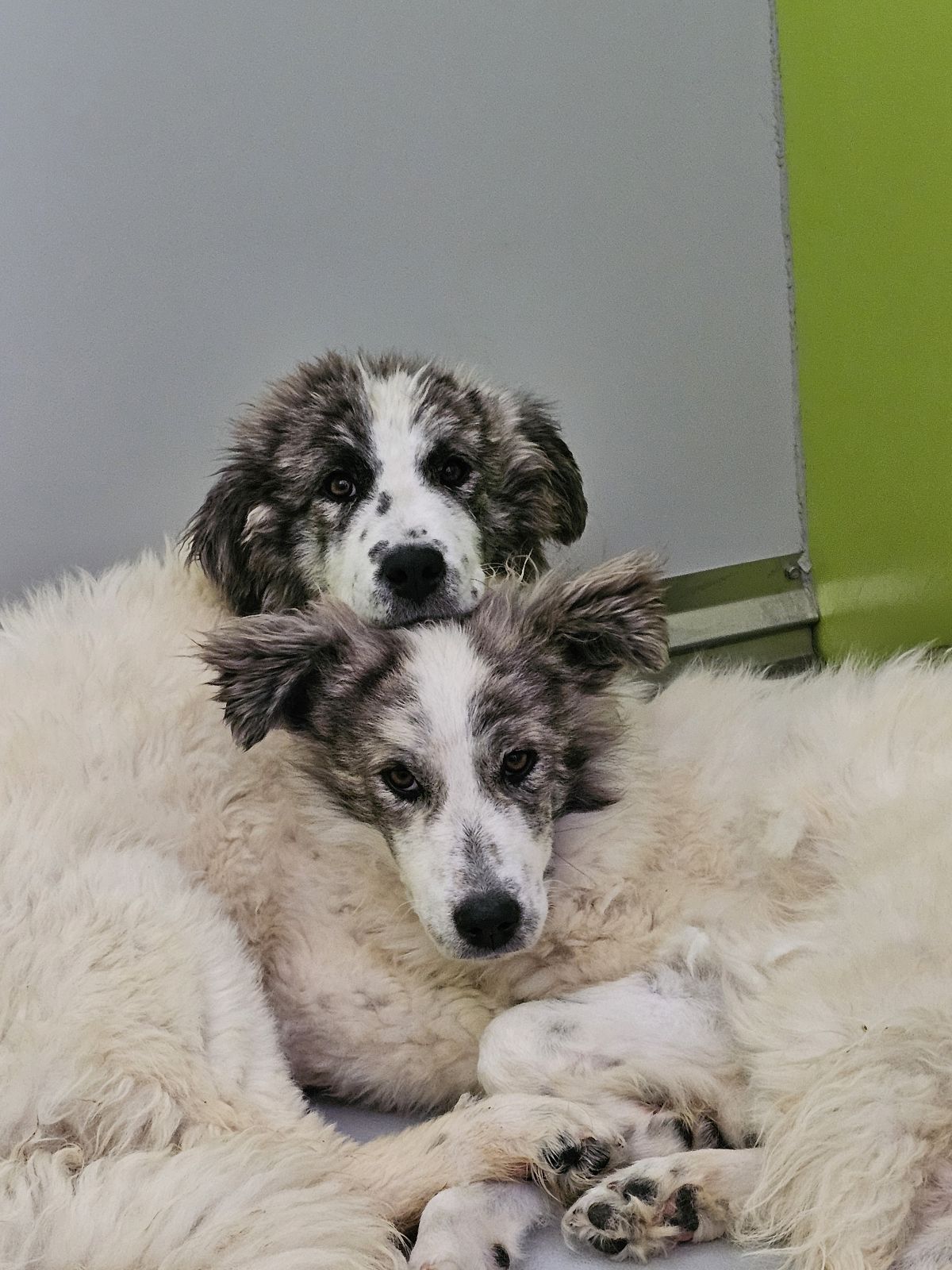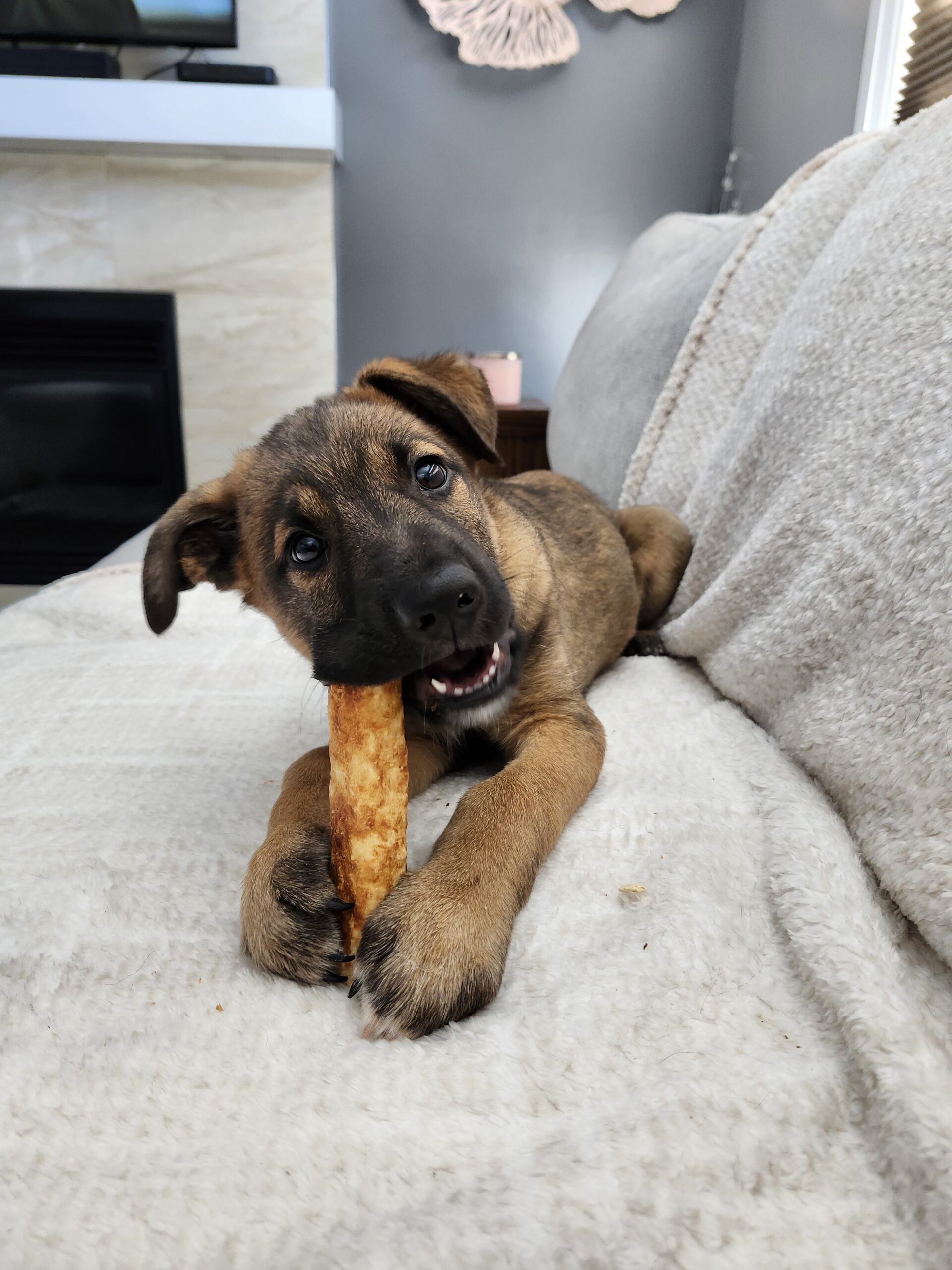Dog Bite Prevention 101
Understanding dog body language is a wonderful way to connect with our furry friends and keep everyone safe and happy. By recognizing the signs that dogs give when they’re feeling anxious, afraid, or threatened, we can help prevent bites and ensure our interactions are positive for humans and canines alike!
A dog showing signs of aggression may try to look bigger to ward off what they think is a threat.
You might see their ears perk up and move forward, their fur stand on end, and their tail shoot straight up (sometimes it even wags!) They could stand tall and stiff, staring directly at whatever’s making them uneasy. You might also notice them baring their teeth, growling, lunging, or barking.
On the flip side, an anxious or scared dog might try to make themselves look smaller.
They could crouch down, lower their head, lick their lips, tuck their tail between their legs, flatten their ears back, and yawn. They may look away to avoid direct eye contact, stay very still, or even roll over to show their belly. Sometimes, they’ll try to slowly move away from what’s scaring them.
Dogs can show a mix of these body signals, indicating they’re feeling a bit conflicted.
If you see any signs of fear, aggression, or anxiety, it’s best to give the dog some space.
Always ask before petting a dog.
When meeting an unfamiliar dog, don’t just reach out to pet them. Instead, ask their pet parent, “May I pet your dog?” A sudden hand in a dog’s face might startle them, and we want to keep things friendly!
If you get the go-ahead, let the dog sniff your hand first.
Then, gently pet their shoulders or chest. Avoid reaching for the top of their head. If the dog looks uncomfortable, just speak to them in a happy tone and casually move your hand away.
It’s a good idea to steer clear of dogs who are barking or growling, as well as dogs who are loose, behind a fence or tied up. And if an unknown dog approaches you, just stay quiet and still. Running or screaming might provoke them.
By following these tips and learning about dog body language, we can create a safer and happier environment for both people and dogs.





